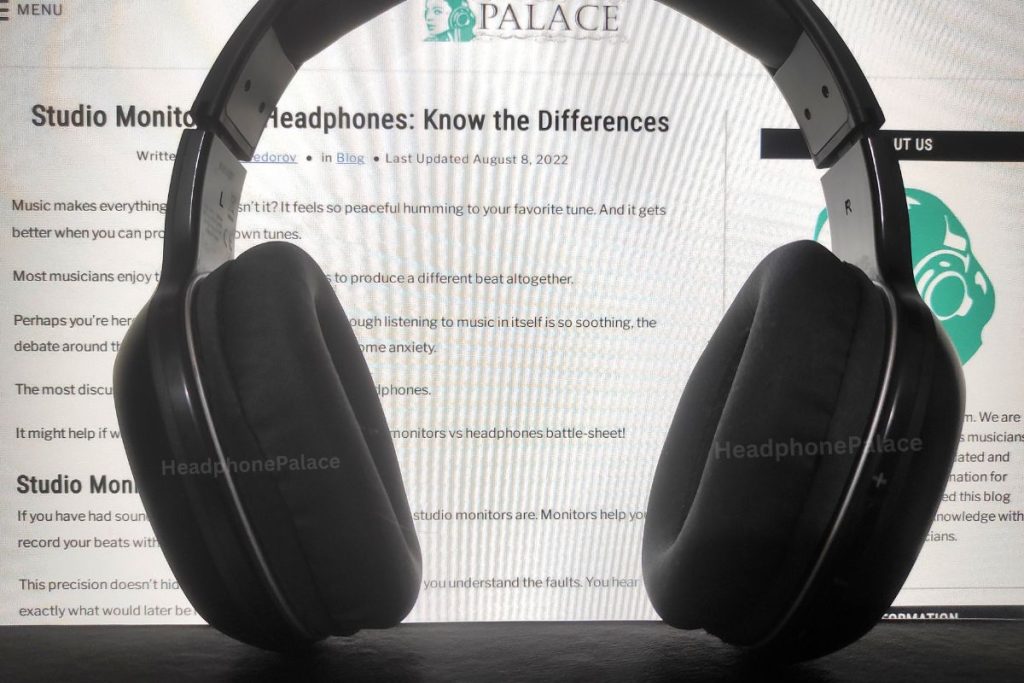Music makes everything good, doesn’t it? It feels so peaceful humming to your favorite tune. And it gets better when you can produce your own tunes.
Most musicians enjoy the process of mixing tunes to produce a different beat altogether.
Perhaps you’re here looking to do the same! And although listening to music in itself is so soothing, the debate around the best mixing tools can cause quite some anxiety.
The most discussed ones being studio monitors and headphones.
It might help if we could compare the two, more like studio monitors vs headphones battle-sheet!
Studio Monitors
If you have had sound-mixing experience you know how handy studio monitors are. Monitors help you record your beats with precise details.
This precision doesn’t hide the unpleasant sounds either helping you understand the faults. You hear exactly what would later be rendered as the playback.
So when you hear the sound with such raw accuracy, you can choose to edit further and balance the melody as per your liking.
And think about it as a music producer! This only helps you fine tune your sense of sounds, harmony and what works.
Pros:
- Near field monitors are compact and easily fit into tiny spaces.
- Near field monitors also help you listen more closely and recreate better.
- Far field monitors create a more round and deep, defined effect.
- Far field monitors produce a stereo effect. It’s more like a sound coming from all the sides of the room.
Cons:
- One of the major problems with near field monitors is that you’ll need extra accessories like stands, anti-vibration pads et cetera.
- Far field monitors rely heavily on the room. Hence it’s critical that you put in the money and have the room acoustically treated.
Headphones

Like the far-field and near-field variants of a monitor, headphones too have the closed-back and open-back variants. Not diving too deep into the details here.
One simple difference is that open-back headphones have, as the name suggests, openings at the back allowing air and sound to pass through.
The closed-back headphones are obviously covered and produce a different sound effect altogether.
Pros:
- With closed-back headphones, the best bit is the active noise cancellation which it does beautifully.
- With low or no noise from the outside world and the closed effect, the sound feels deep, as if it was being played inside your head.
- If you’re going for the more natural stereo sound effect, open-back headphones are the best. They allow the sound being produced to mingle with the noise outside.
Cons:
- Headphones do not have the large woofers like monitors and cannot produce the same pizazz.
- When you go for a closed-back headphone, the effect of the sound playing inside your head constantly can become uncomfortable.
Final Verdict
Now, most will argue that the comparisons are a little unfair because the two devices create different effects and results. But that is exactly why we needed this comparison.
When you know the individual specifications of the devices, it is easier to choose based on your specific needs.
Discuss more about this, FAQ, Announcements and Miscellaneous, over on our community.